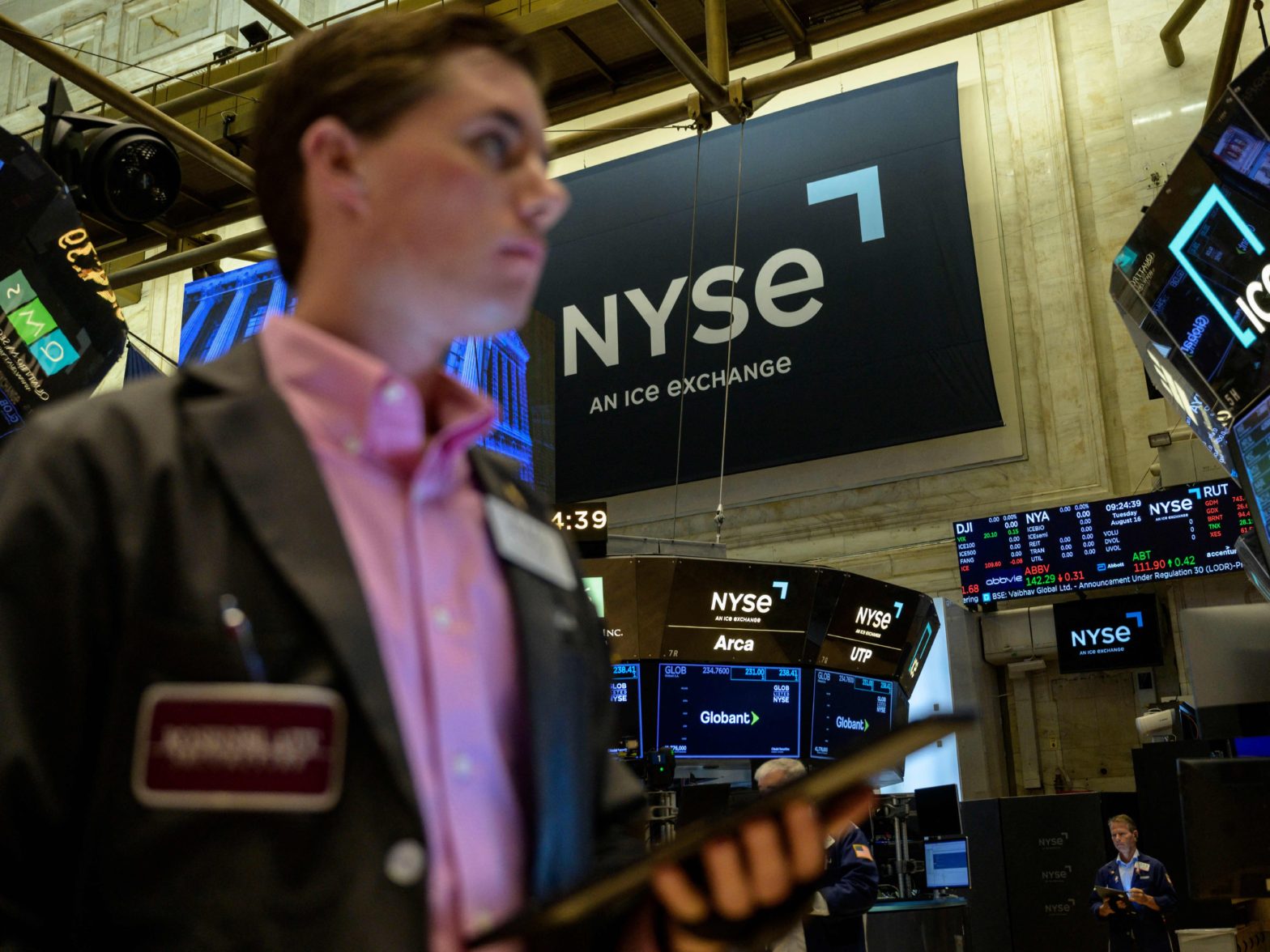Goldman Sachs is relatively optimistic in 2023, saying there’s only a 1/3 chance of a US recession. That’s high enough that the firm is telling investors to be prepared for ‘hard’ or ‘soft’ landings. US Stock Chief David Kostin and his team put together portfolios designed for either scenario. Goldman Sachs seems like a beacon of optimism right now as one of the rare leading Wall Street firm that doesn’t think the US is about to fall into a recession.
But even Goldman acknowledges that a downturn remains a distinct possibility. In fact, it puts the odds of a recession in 2023 at 33%.
“Recent labor and inflation data support the soft landing thesis. But prudent investors should at least consider the implications if a hard landing transpires. The equity market currently prices a soft landing,” wrote Chief US Equity Strategist David Kostin in a recent note to clients.
He means that investors aren’t positioned in an overly defensive way, no matter how worried they might be on a personal level. But while investors are set for continued growth thanks to a soft landing, analysts’ profit forecasts are looking more and more recessionary.
“The current 3-month trend of S&P 500 forward EPS revision sentiment is the most negative reading outside of the 2008 and 2020 recessions,” Kostin wrote. “In a recession, we expect particularly large downward revisions to consensus EPS forecasts in Consumer Discretionary and Industrials.”
Kostin and his team assembled two non-overlapping portfolios of stocks for either scenario — one in case the economy continues to grow and profits hold up reasonably well, and another in case a recession hits and earnings fall.
The 10 “soft landing” stocks are heavily weighted toward financial and industrial companies, as those types of companies have high levels of economic exposure and the stocks would be expected to do better in a period of sustained economic growth.
Meanwhile, the 10 “hard landing” stocks include more exposure to business technology and payments, as well as healthcare — areas that might stand out as steady performers even in a weaker economy.
The two groups are listed separately below. Based on their expected 12-month price to earnings ratios, the firm says that both groups are trading at substantial discounts. The soft landing names have also delivered weaker returns than the rest of their industries since 2021, which means they’re cheaper than their peers and somewhat less risky.
